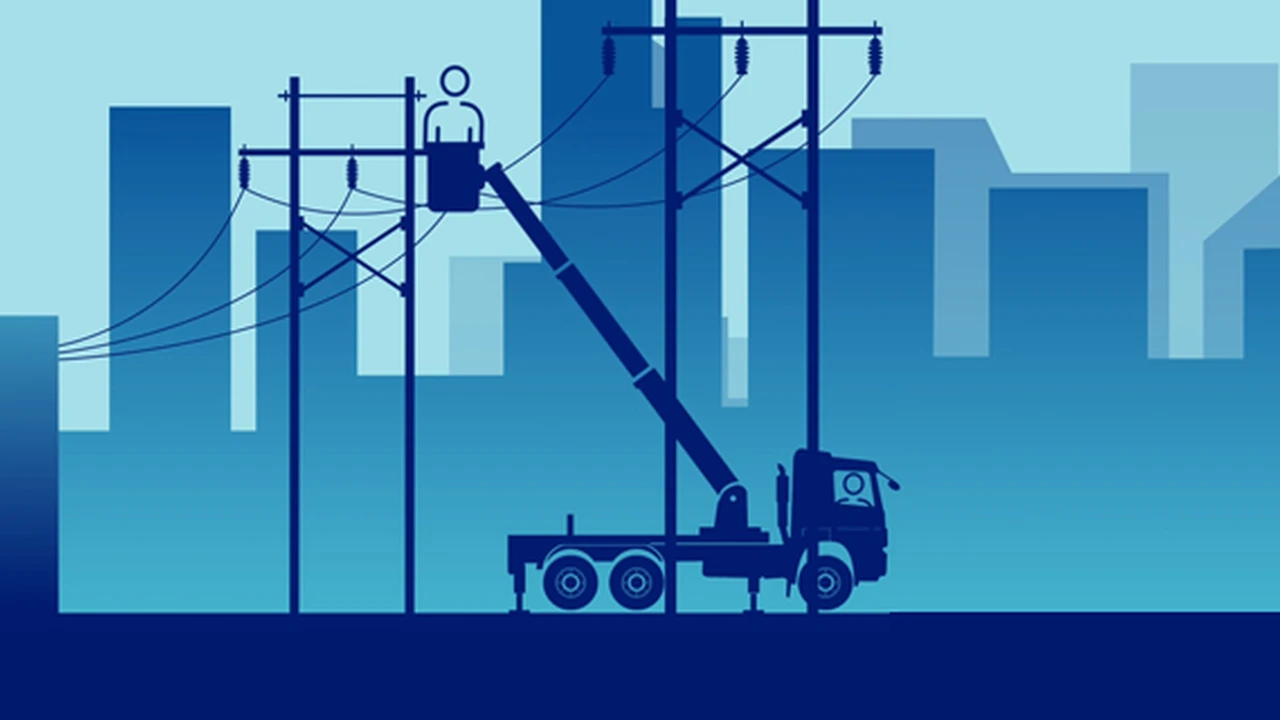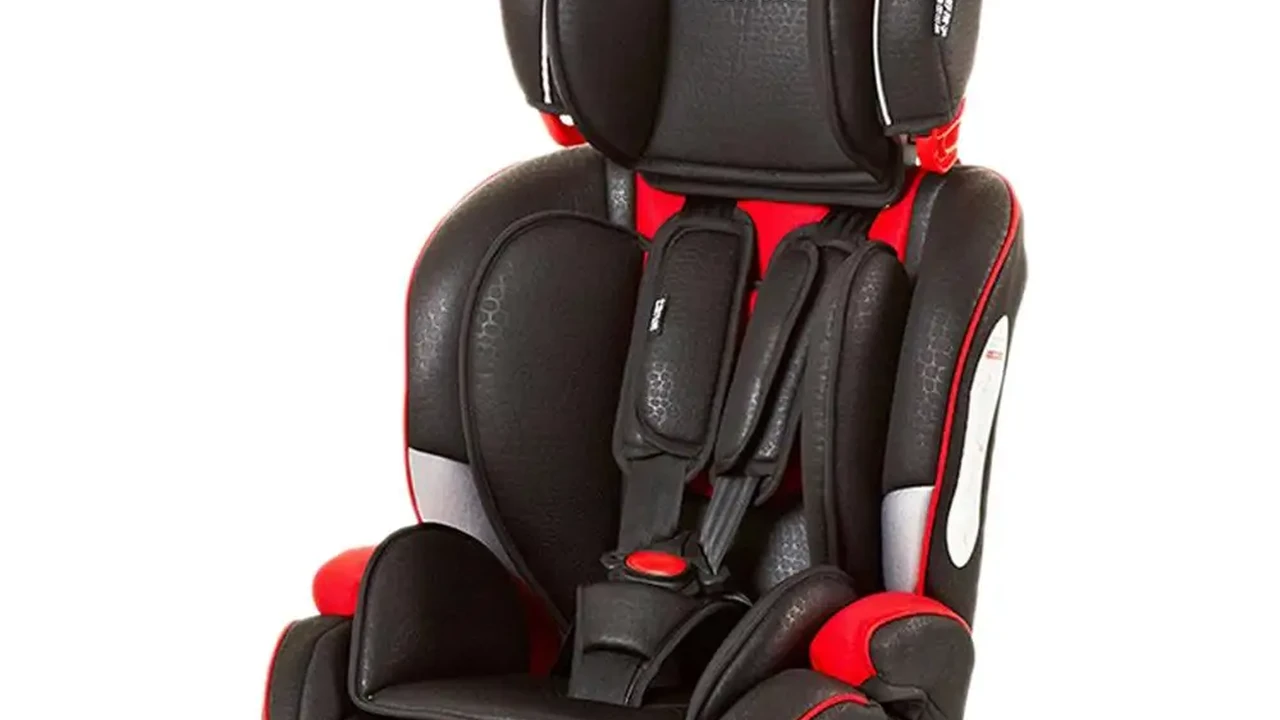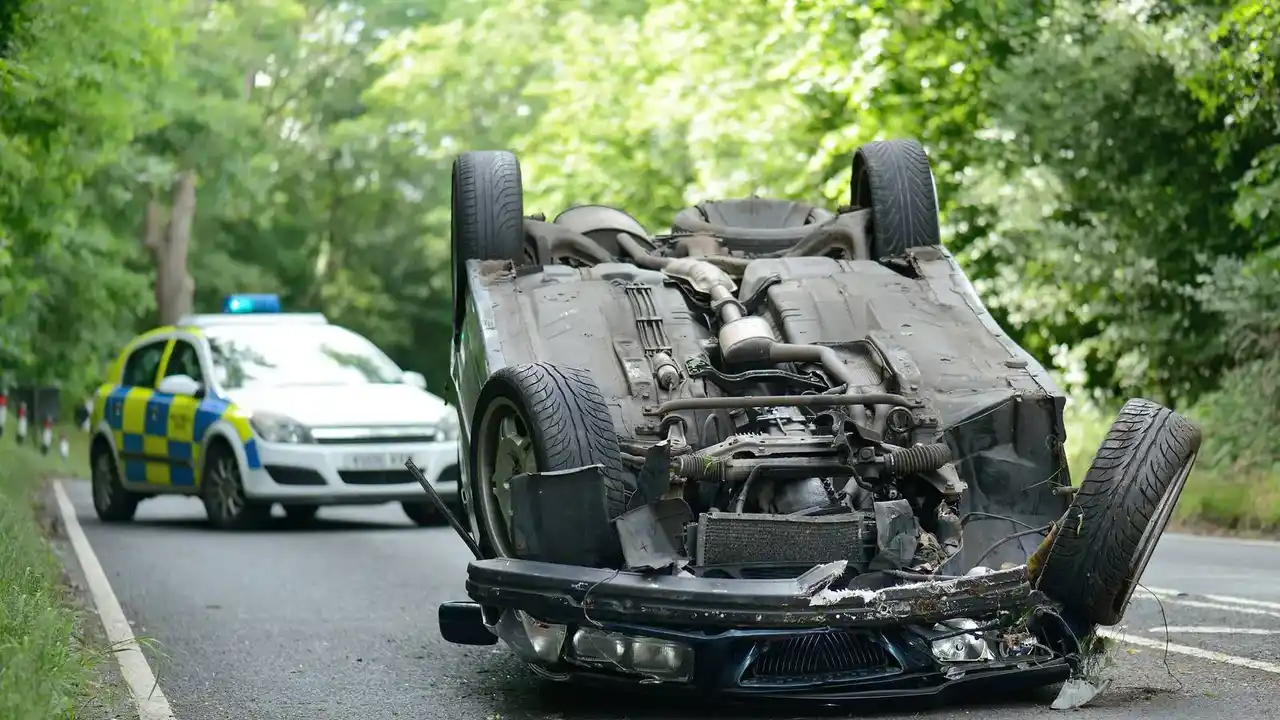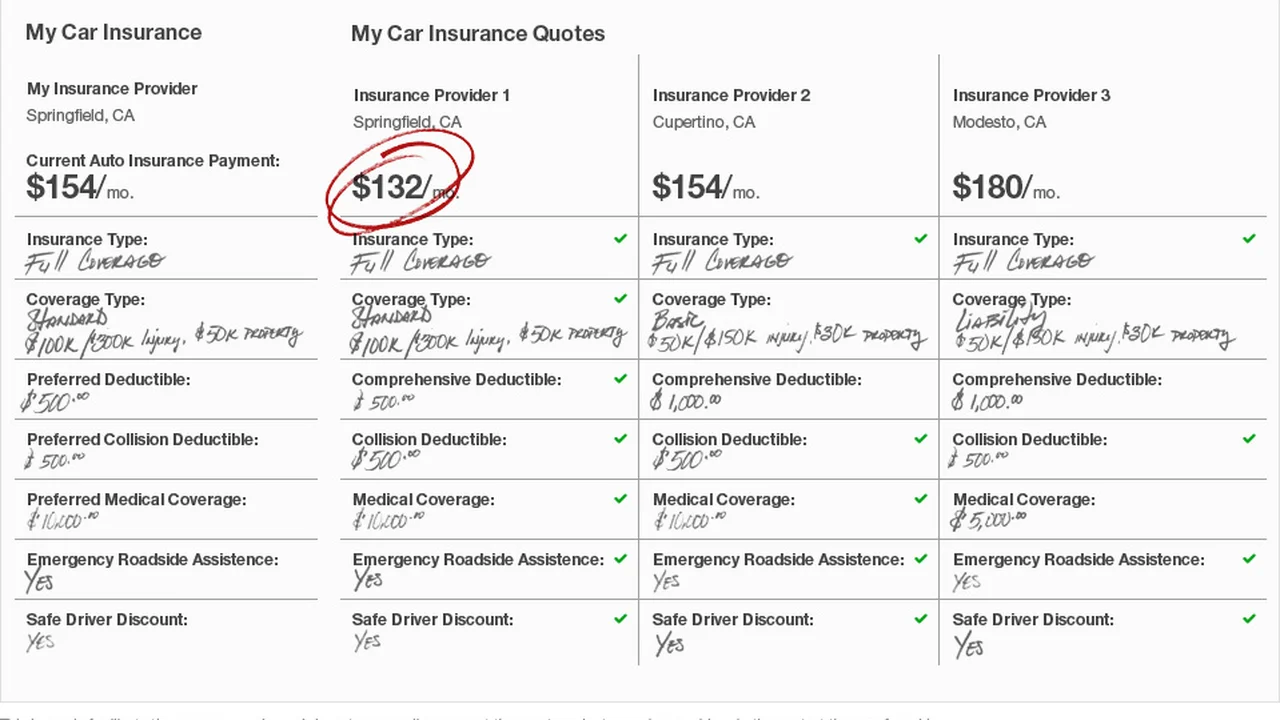The Impact of Vehicle Weight on Crash Safety
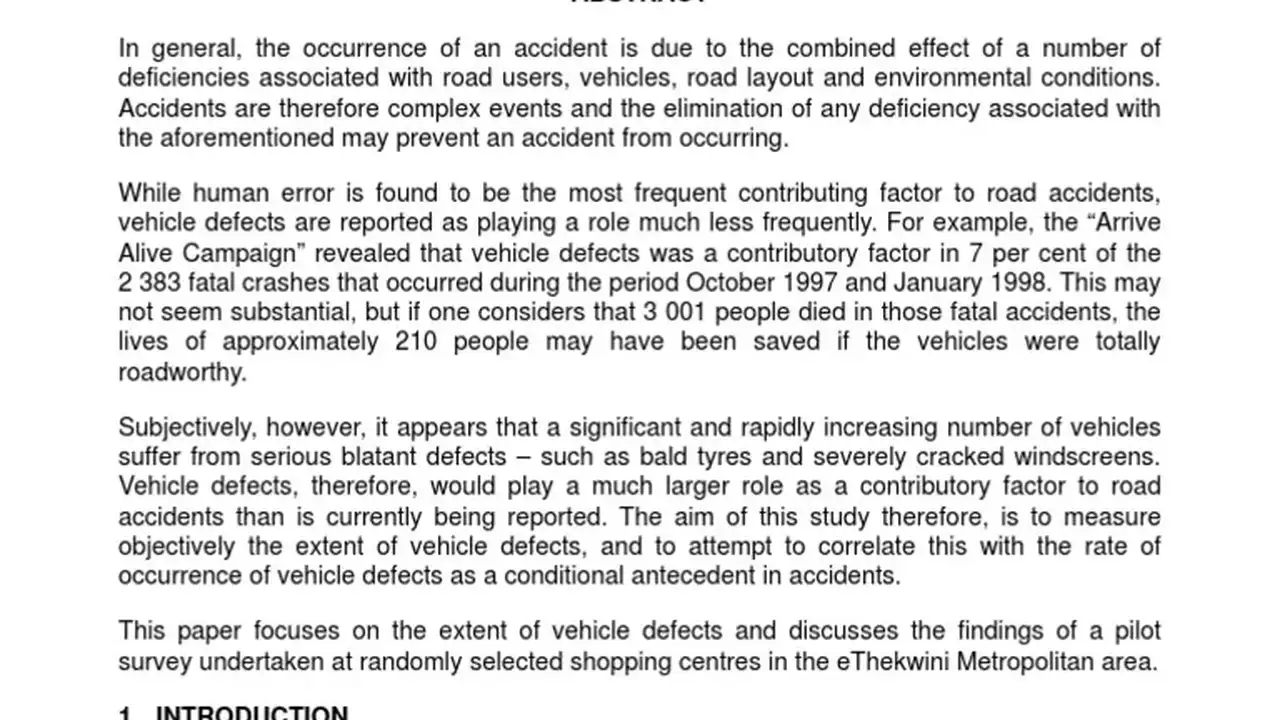
Vehicle Weight and Crash Safety An Introduction to the Physics
Okay, let's dive right in. We're talking about cars, safety, and how much they weigh. Sounds simple, right? Not quite. The relationship between vehicle weight and crash safety is actually pretty complex. Think of it like this: a bigger, heavier object generally has more momentum. In a crash, that momentum plays a HUGE role. But it's not just about size and weight; it's about how that weight is managed and distributed, and how the vehicle is designed to absorb and dissipate energy.
For years, the conventional wisdom was simple: bigger is better. A massive SUV, the logic went, would protect you better than a tiny hatchback. And in some ways, that's true. But modern car design has changed the game. We've got crumple zones, advanced airbag systems, and high-strength steel all working together to protect occupants, regardless of vehicle size. So, is weight still a major factor? Let's explore.
The Raw Physics Heavier Vehicles and Their Momentum in Collisions
Let's get a little sciency for a second. Remember Newton's laws of motion? Specifically, the one about inertia? An object in motion tends to stay in motion, and an object at rest tends to stay at rest. The heavier an object, the more force it takes to change its state of motion. That's inertia in action.
In a collision, a heavier vehicle has more inertia. This means it's less likely to be significantly affected by the impact of a smaller, lighter vehicle. Think of it like a bowling ball hitting a pin. The bowling ball keeps going, and the pin goes flying. The same principle applies in a car crash. A heavier vehicle will generally experience less deceleration (slowing down) than a lighter vehicle in a collision.
This difference in deceleration is crucial. The less your vehicle decelerates, the less force is transferred to you, the occupant. Less force means less potential for injury. That's the core argument for heavier vehicles being safer. But remember, this is just one piece of the puzzle.
Counterpoints Smaller Cars and Advanced Safety Technologies
Now, before you rush out and buy the biggest SUV you can find, let's consider the flip side. Modern small cars are incredibly safe, thanks to advancements in engineering and technology. Crumple zones, for example, are designed to absorb impact energy, protecting the passenger compartment. High-strength steel is used to create a rigid safety cage around the occupants.
Airbags are another critical safety feature. Advanced airbag systems can detect the severity of a crash and deploy with the appropriate force. Some even have sensors that detect the position of the occupant and adjust the deployment accordingly. Electronic Stability Control (ESC) helps prevent rollovers, a significant risk for taller, heavier vehicles. Automatic Emergency Braking (AEB) systems can detect potential collisions and apply the brakes automatically, mitigating or even preventing accidents.
These technologies are constantly evolving, making smaller cars safer than ever before. In many crash tests, small cars with advanced safety features perform remarkably well, even when compared to larger vehicles. The Insurance Institute for Highway Safety (IIHS) and the National Highway Traffic Safety Administration (NHTSA) are great resources for checking crash test ratings.
Vehicle Design and Weight Distribution Optimizing Safety Beyond Size
It's not just about weight; it's about how that weight is distributed and how the vehicle is designed to manage impact forces. A well-designed vehicle will have a low center of gravity, which improves stability and reduces the risk of rollovers. Weight distribution should be balanced to ensure predictable handling and braking.
Crumple zones are engineered to deform in a controlled manner, absorbing energy and preventing it from reaching the passenger compartment. The passenger compartment itself should be constructed of high-strength steel to resist deformation. Side-impact beams add another layer of protection in side collisions.
Even the interior design plays a role. Padded dashboards, energy-absorbing door panels, and strategically placed airbags all contribute to occupant safety. The goal is to minimize the risk of injury in a crash, regardless of the vehicle's size or weight.
Real-World Crash Data Analyzing Accident Statistics
So, what does the real-world data say? Studies on crash statistics often show a correlation between vehicle weight and occupant safety. Heavier vehicles tend to fare better in collisions with lighter vehicles. However, these studies also show that vehicle type and safety features are significant factors.
For example, a study might show that drivers of SUVs are less likely to be seriously injured in a crash than drivers of subcompact cars. However, that doesn't necessarily mean that all SUVs are safer than all subcompact cars. A subcompact car with advanced safety features might perform better in a crash than an older SUV with fewer safety features. It's important to look at the specific vehicle and its safety rating, not just the vehicle type.
Furthermore, consider the type of accident. Rollover accidents are more common in taller, heavier vehicles like SUVs. Single-vehicle accidents, where a vehicle crashes into a fixed object, are also more likely to result in serious injuries, regardless of vehicle weight. Analyzing accident statistics is complex, and it's important to consider all the relevant factors.
Product Recommendations and Comparisons for Enhanced Crash Safety
Alright, let’s talk specifics! You're looking to improve your crash safety, or at least understand your options better. Here are a few product recommendations and comparisons, covering different needs and budgets. Remember, this isn't an exhaustive list, and you should always do your own research before making a purchase.
H2 Best Dash Cams for Recording Accidents and Providing Evidence
A dash cam is a fantastic investment for documenting accidents. It provides irrefutable video evidence that can be crucial for insurance claims and legal proceedings. Here are a couple of options:
- Garmin Dash Cam 67W: This is a top-of-the-line option. It boasts a wide 180-degree field of view, excellent video quality (1440p), GPS tracking, and voice control. It also has features like incident detection, which automatically saves footage if it senses a collision. Price: Around $250.
- Vantrue N2 Pro: A great option for rideshare drivers or anyone who wants to record both the road ahead and the interior of the car. It has two cameras, both recording in 1080p. It also has infrared night vision for excellent recording in low-light conditions. Price: Around $200.
Comparison: The Garmin offers superior video quality and features like GPS tracking, but the Vantrue is a better choice if you need to record the interior of your car. Both are reliable and offer excellent value for their price.
H2 Head-Up Displays (HUDs) for Minimizing Distraction and Improving Reaction Time
A head-up display projects vital information onto your windshield, allowing you to keep your eyes on the road. This can be especially helpful in preventing accidents caused by distracted driving.
- Hudway Drive: This is a smartphone-based HUD that uses your phone's screen to project information onto a transparent reflector. It can display speed, navigation directions, incoming calls, and more. It's a relatively affordable option and easy to install. Price: Around $50.
- CarlinKit Wireless CarPlay Adapter: While primarily designed to add wireless CarPlay functionality to older vehicles, some models also include HUD capabilities, displaying speed and basic navigation information. This is a more integrated solution, but also more expensive. Price: Around $150.
Comparison: The Hudway Drive is a simpler and more affordable option, but the CarlinKit offers a more seamless and integrated experience if you're also looking for wireless CarPlay functionality. Consider your needs and budget when making your choice.
H2 Aftermarket Collision Avoidance Systems Improving Safety for Older Vehicles
While modern cars come equipped with advanced driver-assistance systems (ADAS) like automatic emergency braking and lane departure warning, you can add similar functionality to older vehicles with aftermarket collision avoidance systems.
- Mobileye 630: This is a comprehensive collision avoidance system that provides forward collision warning, pedestrian detection, lane departure warning, and speed limit indication. It uses a camera and sensors to monitor the road ahead and alerts the driver to potential hazards. It's a professional-grade system and requires professional installation. Price: Around $800 (plus installation).
- Waylens Secure360 4G: Primarily a security camera, the Waylens Secure360 4G also offers basic collision avoidance features like lane departure warning and forward collision warning. It records in 360 degrees, providing a comprehensive view of your surroundings. Price: Around $300.
Comparison: The Mobileye 630 is a more advanced and comprehensive system, but it's also significantly more expensive and requires professional installation. The Waylens Secure360 4G is a more affordable option that offers basic collision avoidance features along with 360-degree recording. Consider your budget and the level of protection you're looking for.
H2 Upgrading Tires for Improved Traction and Braking Performance
Your tires are the only point of contact between your car and the road, so they play a crucial role in safety. Upgrading to high-performance tires can significantly improve traction, braking performance, and handling, especially in wet or slippery conditions.
- Michelin Pilot Sport 4S: These are widely considered to be among the best high-performance summer tires on the market. They offer exceptional grip, handling, and braking performance in both dry and wet conditions. Price: Varies depending on size, but typically around $200-$400 per tire.
- Bridgestone Blizzak LM-60: If you live in an area with snow or ice, winter tires are a must. The Bridgestone Blizzak LM-60 are a popular choice for their excellent snow and ice traction. Price: Varies depending on size, but typically around $150-$300 per tire.
Comparison: The Michelin Pilot Sport 4S are designed for performance driving in warm weather, while the Bridgestone Blizzak LM-60 are designed for winter driving. Choose the right tires for your climate and driving conditions. It's also crucial to ensure the tires you choose are the correct size and load rating for your vehicle.
H2 Seat Belt Cutter and Window Breaker Emergency Tools for Escape
In a serious accident, you may need to quickly escape your vehicle. A seat belt cutter and window breaker can be invaluable tools in such a situation.
- Resqme Car Escape Tool: This is a small, lightweight tool that combines a seat belt cutter and a spring-loaded window breaker. It's designed to be easily accessible in an emergency and can be attached to your keychain or visor. Price: Around $15.
- LifeHammer Evolution: This is a more robust window breaker with a larger handle for better grip. It also has a seat belt cutter and a fluorescent strip for visibility in the dark. Price: Around $30.
Comparison: The Resqme is a more compact and affordable option, while the LifeHammer Evolution offers a more robust design and better grip. Both are essential safety tools that should be kept in your vehicle.
The Evolving Landscape of Vehicle Safety Future Trends and Innovations
The future of vehicle safety is bright. We're seeing advancements in autonomous driving technology, which promises to reduce accidents caused by human error. Vehicle-to-vehicle (V2V) communication will allow cars to "talk" to each other, sharing information about road conditions, traffic, and potential hazards.
Materials science is also playing a role. New lightweight materials are being developed that are both strong and energy-absorbing. Advanced airbag systems are becoming more sophisticated, adapting to the size and position of occupants. The goal is to create vehicles that are not only crashworthy but also actively prevent accidents from happening in the first place. The journey is continuous, striving for a world with fewer accidents and safer roads for everyone.
:max_bytes(150000):strip_icc()/277019-baked-pork-chops-with-cream-of-mushroom-soup-DDMFS-beauty-4x3-BG-7505-5762b731cf30447d9cbbbbbf387beafa.jpg)



